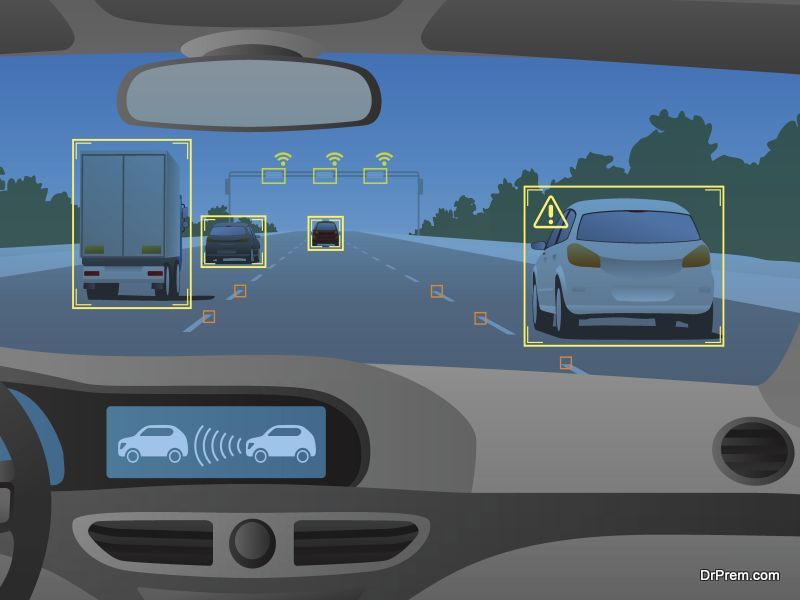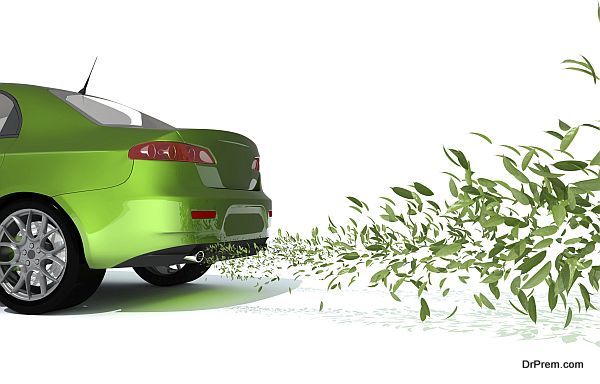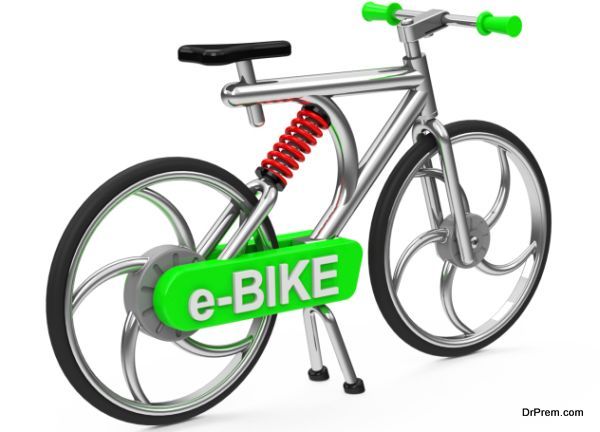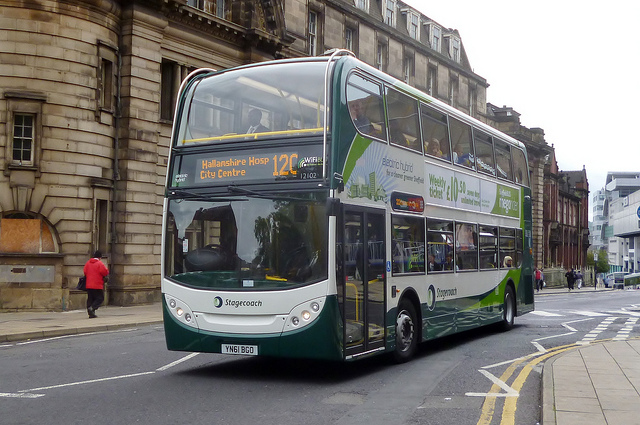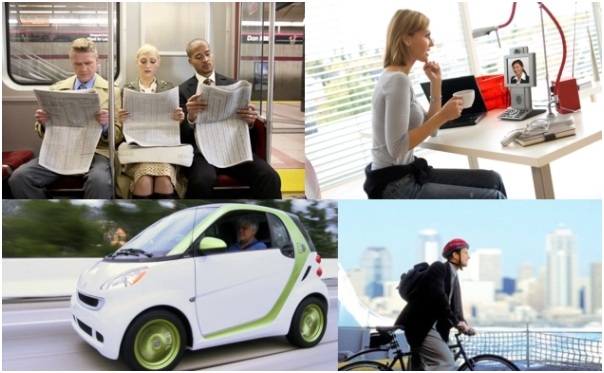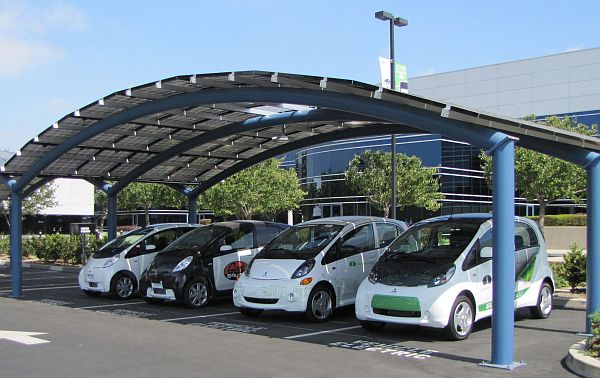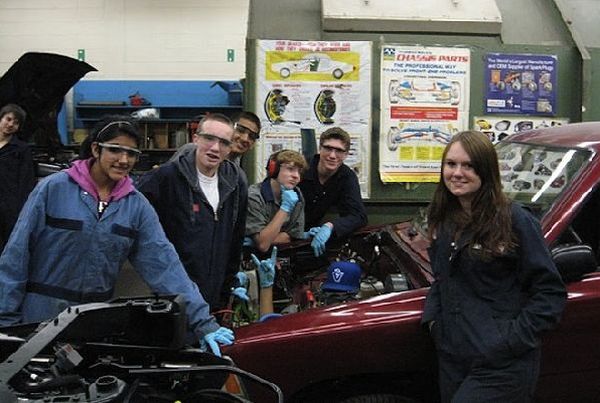Redesigning Vehicles Why Should a Self-Driving Car Look Like a Car?
With so much discussion on self driving taxis and cars, we are surely heading towards a driverless future. The day is not far when we will have cars, but no drivers. Just how many years, this will take will depend …
Redesigning Vehicles Why Should a Self-Driving Car Look Like a Car? Read More »


